Home>Furniture & Design>Outdoor Furniture>How To Take Care Of Outdoor Plants During Winter
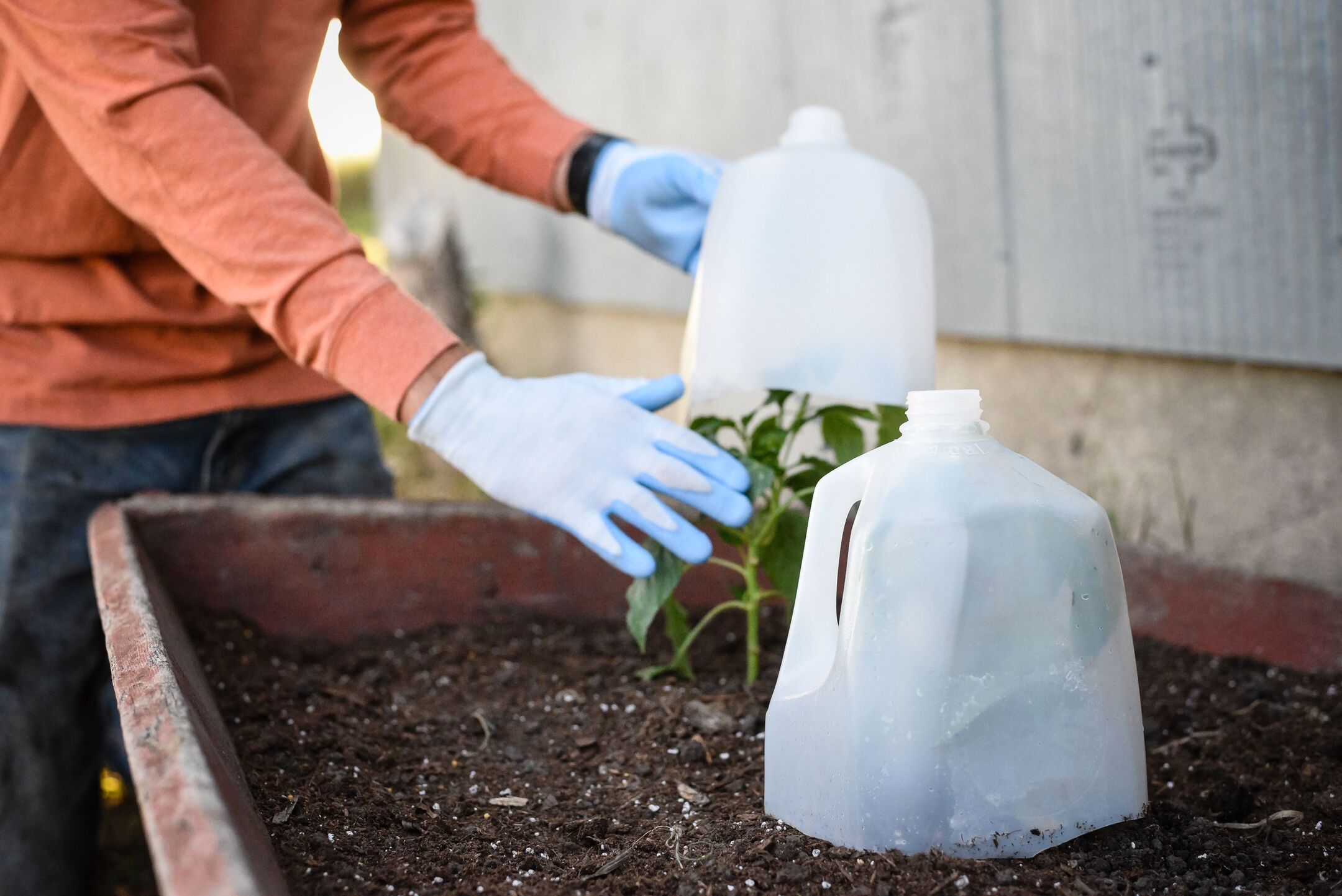

Outdoor Furniture
How To Take Care Of Outdoor Plants During Winter
Modified: January 18, 2024
Learn how to protect your outdoor plants during the winter months with our expert tips and advice. Keep your outdoor furniture safe and thriving in the cold weather. Discover essential care techniques now!
(Many of the links in this article redirect to a specific reviewed product. Your purchase of these products through affiliate links helps to generate commission for Storables.com, at no extra cost. Learn more)
**
Introduction
**
As the winter season approaches, outdoor plants require special attention to ensure their survival and health. The drop in temperature and harsh weather conditions can pose significant challenges for these plants, making it essential for gardeners and outdoor enthusiasts to be well-prepared. Understanding the specific needs of outdoor plants during winter, such as protection from frost, adequate water and nutrients, pruning, and pest control, is crucial for their well-being. In this comprehensive guide, we will explore the best practices for caring for outdoor plants during the winter months, providing valuable insights and practical tips to help your garden thrive even in the coldest of seasons. Whether you are a seasoned gardener or just starting out, this guide will equip you with the knowledge and techniques needed to ensure the health and vitality of your outdoor plants throughout the winter.
Key Takeaways:
- Protect outdoor plants from frost by using blankets, mulch, and choosing cold-hardy varieties to shield them from freezing temperatures and preserve their health during winter.
- Care for outdoor plants in winter by monitoring soil moisture, providing balanced fertilizers, and pruning to promote their resilience and vitality in the face of cold weather challenges.
Read more: How To Store Plants During Winter
Understanding the Needs of Outdoor Plants in Winter
Winter presents unique challenges for outdoor plants, as they are exposed to harsh environmental conditions that can have a significant impact on their health and growth. Understanding the specific needs of outdoor plants during this season is crucial for providing the care they require to thrive. One of the primary concerns during winter is the risk of frost, which can cause damage to plant tissues and inhibit their ability to absorb nutrients. Additionally, the reduced sunlight and lower temperatures can lead to dehydration and nutrient deficiencies, further compromising the plants’ well-being.
Furthermore, it is essential to consider the natural adaptations of different plant species to colder climates. Some plants are more resilient to low temperatures and can withstand frost and snow, while others may require additional protection and care. By understanding the specific needs and characteristics of the outdoor plants in your garden, you can tailor your care regimen to provide them with the best possible support during the winter months.
Moreover, the selection of suitable plant varieties for outdoor cultivation plays a crucial role in their ability to withstand winter conditions. Cold-hardy plants that are well-suited to the local climate are more likely to thrive during the winter, requiring less intensive care and maintenance. By choosing the right plant species and cultivars, you can set the stage for a successful winter garden that remains vibrant and healthy throughout the season.
Overall, understanding the unique needs of outdoor plants in winter involves considering their susceptibility to frost, the impact of reduced sunlight and lower temperatures, and the importance of selecting cold-hardy plant varieties. By recognizing these factors and tailoring your care approach accordingly, you can effectively support the well-being of your outdoor plants during the challenging winter months.
Protecting Outdoor Plants from Frost
During winter, frost poses a significant threat to outdoor plants, potentially causing damage to their delicate tissues and compromising their overall health. Protecting outdoor plants from frost is essential for ensuring their survival and well-being throughout the cold season. There are several effective methods and strategies that can be employed to shield plants from the adverse effects of frost, safeguarding them against potential harm.
One of the most common techniques for protecting outdoor plants from frost is the use of physical barriers, such as frost cloths, blankets, or burlap coverings. These materials can be draped over plants to create a protective shield against freezing temperatures, effectively insulating them and minimizing the risk of frost damage. Additionally, the use of plastic or glass cloches can provide individualized protection for delicate or vulnerable plants, creating a microclimate that shields them from the harsh external conditions.
Furthermore, employing mulch around the base of outdoor plants can offer valuable insulation against frost. A layer of organic mulch, such as straw, wood chips, or shredded leaves, helps regulate soil temperature and moisture levels, reducing the likelihood of frost damage to the plants’ root systems. Additionally, mulch serves as a protective barrier, shielding the soil and plant roots from extreme temperature fluctuations and minimizing the impact of frost on the plants’ overall health.
In regions where frost is a recurrent concern, selecting frost-resistant plant varieties is a proactive approach to safeguarding outdoor plants. Cold-hardy plants that are naturally adapted to withstand low temperatures are more resilient in the face of frost, requiring less intensive protection and care. By choosing suitable plant species and cultivars for outdoor cultivation, gardeners can mitigate the risk of frost damage and promote the long-term vitality of their garden during winter.
Overall, protecting outdoor plants from frost involves the use of physical barriers, such as frost cloths and mulch, as well as the selection of frost-resistant plant varieties. By implementing these strategies, gardeners can effectively shield their outdoor plants from the detrimental effects of frost, preserving their health and enhancing their ability to thrive throughout the winter season.
Providing Adequate Water and Nutrients
Ensuring that outdoor plants receive sufficient water and nutrients is essential for supporting their health and vitality during the winter months. While the reduced sunlight and lower temperatures may lead to decreased water uptake and nutrient absorption, it is crucial to implement effective strategies to meet the plants’ needs and sustain their well-being throughout the cold season.
One of the key considerations in providing adequate water to outdoor plants during winter is the moderation of moisture levels in the soil. Excessive water retention, particularly in poorly drained soil, can lead to root rot and other moisture-related issues, posing a threat to the plants’ overall health. Conversely, prolonged dry spells can result in dehydration and nutrient deficiencies, further compromising the plants’ resilience to winter conditions. By carefully monitoring soil moisture and adjusting watering practices accordingly, gardeners can strike a balance that meets the plants’ hydration requirements without exposing them to potential harm.
In addition to proper watering, ensuring that outdoor plants receive essential nutrients is crucial for their winter survival. While the slowed growth and metabolic activity of plants during winter may reduce their immediate nutrient demands, providing a balanced and appropriate fertilizer regimen can contribute to their overall resilience and vigor. Slow-release fertilizers or organic amendments can be applied to the soil to supply essential nutrients gradually, supporting the plants’ physiological processes and fortifying their resistance to environmental stressors.
Moreover, the selection of cold-tolerant plant species and cultivars that are well-adapted to the local climate can play a significant role in minimizing the plants’ water and nutrient requirements during winter. By choosing resilient plant varieties that are naturally suited to withstand low temperatures and reduced sunlight, gardeners can reduce the need for intensive watering and feeding, while still promoting the health and vitality of their outdoor plants.
Overall, providing adequate water and nutrients to outdoor plants during winter involves careful monitoring of soil moisture, the application of balanced fertilizers, and the selection of cold-tolerant plant varieties. By addressing the plants’ hydration and nutrient needs effectively, gardeners can support their health and resilience, ensuring that they thrive throughout the challenging winter season.
Water outdoor plants less frequently in the winter, as they require less water during the dormant season. Be sure to protect them from frost and cold winds by covering them with a breathable fabric or bringing them indoors if possible.
Pruning and Trimming Outdoor Plants
Pruning and trimming outdoor plants during the winter months is a fundamental aspect of their care regimen, contributing to their overall health, appearance, and resilience. By removing dead or damaged branches, shaping the plants, and promoting new growth, gardeners can enhance the vitality and aesthetic appeal of their outdoor spaces while supporting the plants’ ability to thrive in the face of winter challenges.
One of the primary objectives of winter pruning is the removal of dead or diseased branches, which can harbor pests and diseases, compromising the plants’ well-being. By carefully inspecting outdoor plants and identifying damaged or decaying branches, gardeners can effectively eliminate potential sources of stress and disease, promoting the overall health and vigor of the plants. Additionally, pruning encourages the development of strong, healthy branches and stimulates new growth, contributing to the plants’ resilience and vitality.
Furthermore, shaping and trimming outdoor plants during winter can help maintain their structural integrity and aesthetic appeal. By carefully sculpting the plants and removing excess growth, gardeners can create visually pleasing forms while preventing overcrowding and promoting air circulation within the foliage. This not only enhances the plants’ appearance but also reduces the risk of moisture-related issues, such as mold and mildew, which can arise from dense, tangled foliage in winter conditions.
It is essential to approach pruning and trimming with care, considering the specific requirements and growth patterns of each plant species. While some plants benefit from extensive winter pruning to stimulate new growth and rejuvenation, others may require more conservative trimming to maintain their natural form and minimize stress. By understanding the unique characteristics of the outdoor plants in your garden, you can tailor your pruning approach to meet their individual needs, promoting their long-term health and vitality.
Overall, pruning and trimming outdoor plants during winter involves the removal of dead or damaged branches, shaping the plants to maintain their structural integrity and aesthetic appeal, and promoting new growth. By approaching pruning with attentiveness and consideration for the plants’ specific requirements, gardeners can contribute to their overall well-being and resilience, ensuring that they thrive throughout the winter season.
Read more: How To Care For Outdoor Plants In Winter
Monitoring and Addressing Pests and Diseases
During the winter months, outdoor plants are susceptible to a range of pests and diseases that can compromise their health and vitality. Monitoring for signs of infestation or illness and implementing proactive measures to address potential threats are essential for safeguarding the well-being of outdoor plants and ensuring their resilience in the face of winter challenges.
One of the key aspects of pest and disease management during winter is the regular inspection of outdoor plants for any indications of infestation or illness. Common signs of pest activity, such as chewed leaves, stippled foliage, or the presence of pests themselves, should be promptly identified and addressed to prevent the escalation of the issue. Similarly, symptoms of diseases, such as discolored or distorted foliage, lesions, or abnormal growth patterns, warrant immediate attention to mitigate the impact on the plants’ overall health.
Implementing preventive measures, such as the application of horticultural oils or insecticidal soaps, can help manage pest populations and reduce the risk of infestation during winter. These treatments can effectively target common winter pests, such as aphids, mites, and scale insects, while minimizing the impact on beneficial organisms and the surrounding environment. Additionally, promoting a healthy garden ecosystem through the use of organic mulches, companion planting, and diverse plantings can contribute to natural pest control and disease resistance, supporting the long-term well-being of outdoor plants.
In the event of disease outbreaks, it is important to promptly address the underlying causes and implement appropriate management strategies. This may involve adjusting watering practices to minimize excess moisture, improving air circulation around the plants, and removing and disposing of affected plant material to prevent the spread of diseases. Additionally, selecting disease-resistant plant varieties and practicing proper sanitation in the garden can contribute to the prevention and management of common winter plant diseases.
Overall, monitoring for pests and diseases and implementing proactive measures to address potential threats are essential for maintaining the health and resilience of outdoor plants during winter. By staying vigilant and responsive to signs of infestation or illness, gardeners can effectively protect their plants and promote a thriving garden throughout the challenging winter season.
Conclusion
As the winter season unfolds, the care and maintenance of outdoor plants become paramount to ensure their survival and vitality in the face of challenging environmental conditions. Understanding the specific needs of outdoor plants during winter, such as protection from frost, adequate water and nutrients, pruning, and pest control, is essential for fostering a thriving garden throughout the cold season.
By implementing effective strategies to protect outdoor plants from frost, such as the use of physical barriers and the selection of cold-hardy plant varieties, gardeners can shield their plants from the detrimental effects of freezing temperatures, preserving their health and resilience. Providing adequate water and nutrients to outdoor plants during winter involves careful monitoring of soil moisture, the application of balanced fertilizers, and the selection of cold-tolerant plant varieties, ensuring that the plants receive the support they need to thrive in the challenging winter conditions.
Furthermore, pruning and trimming outdoor plants during winter contributes to their overall health, appearance, and resilience, promoting the development of strong, healthy branches and stimulating new growth. By approaching pruning with attentiveness and consideration for the plants’ specific requirements, gardeners can contribute to their long-term well-being and vitality. Additionally, monitoring for pests and diseases and implementing proactive measures to address potential threats are essential for safeguarding the health of outdoor plants and ensuring their resilience in the face of winter challenges.
Ultimately, the successful care of outdoor plants during winter involves a holistic approach that integrates protection from frost, adequate water and nutrients, pruning, and pest control. By understanding the unique needs of outdoor plants and tailoring their care regimen to meet these requirements, gardeners can foster a vibrant and healthy garden that thrives throughout the winter, setting the stage for a flourishing spring season and beyond.
Frequently Asked Questions about How To Take Care Of Outdoor Plants During Winter
Was this page helpful?
At Storables.com, we guarantee accurate and reliable information. Our content, validated by Expert Board Contributors, is crafted following stringent Editorial Policies. We're committed to providing you with well-researched, expert-backed insights for all your informational needs.
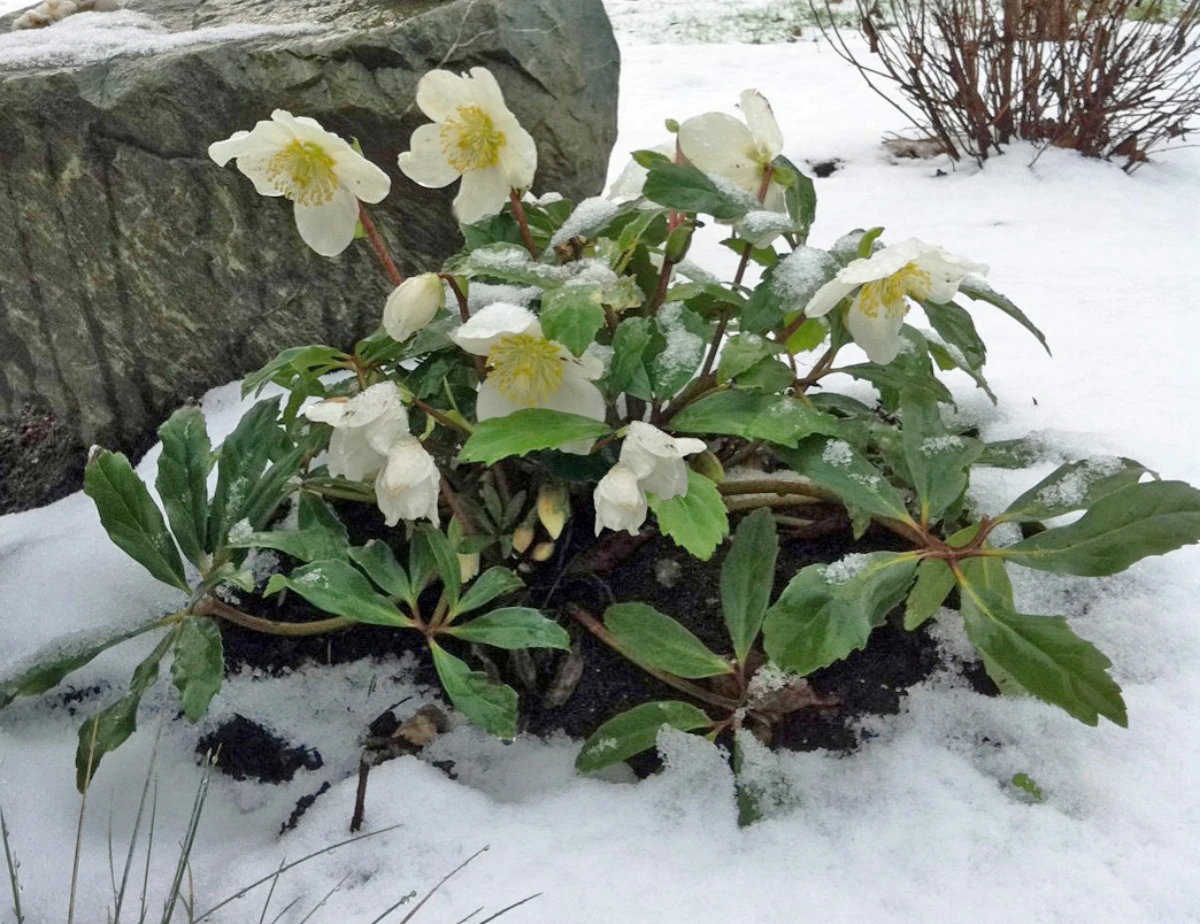
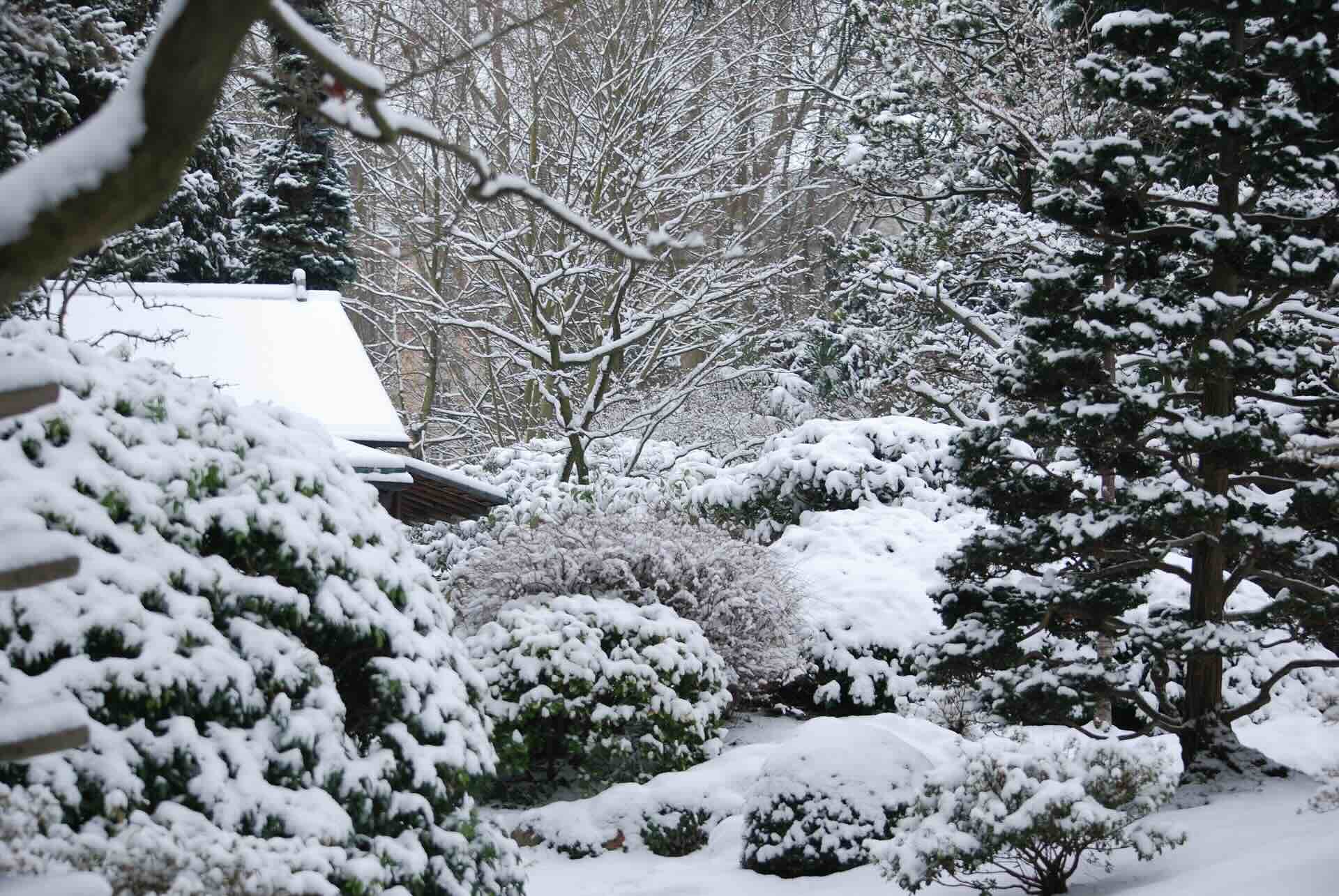
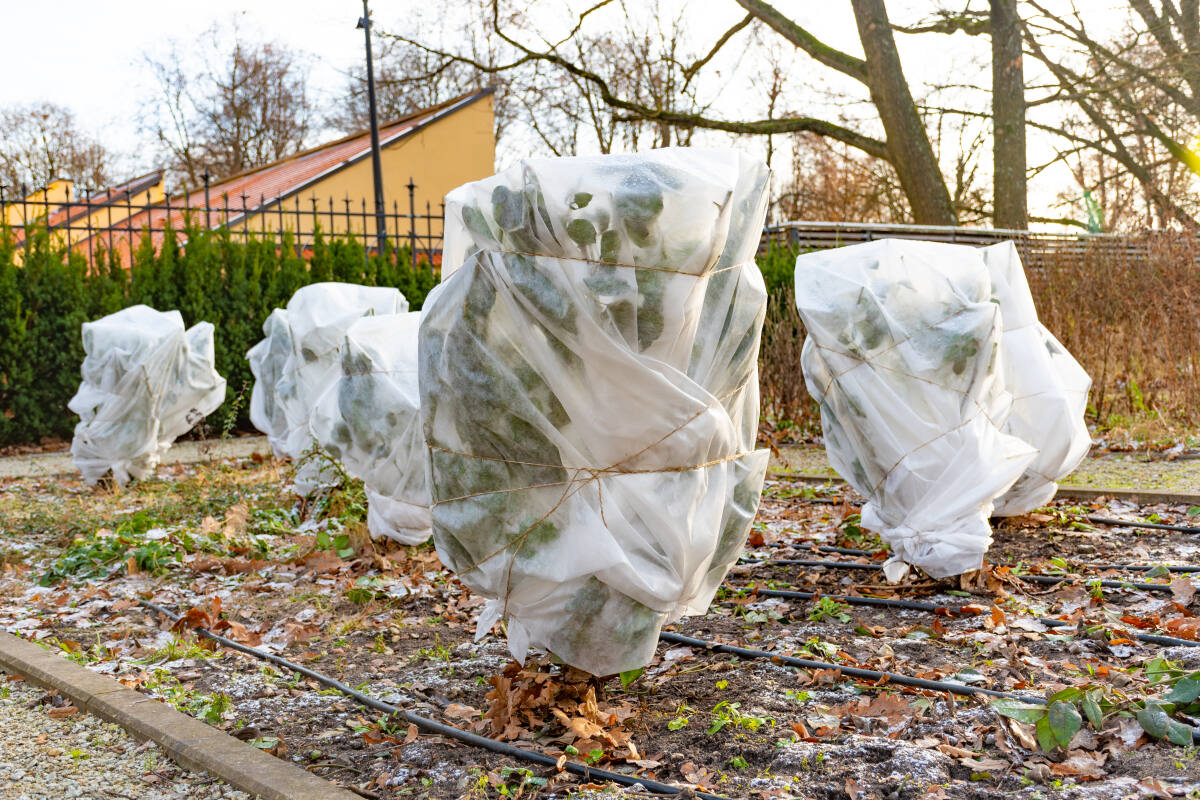
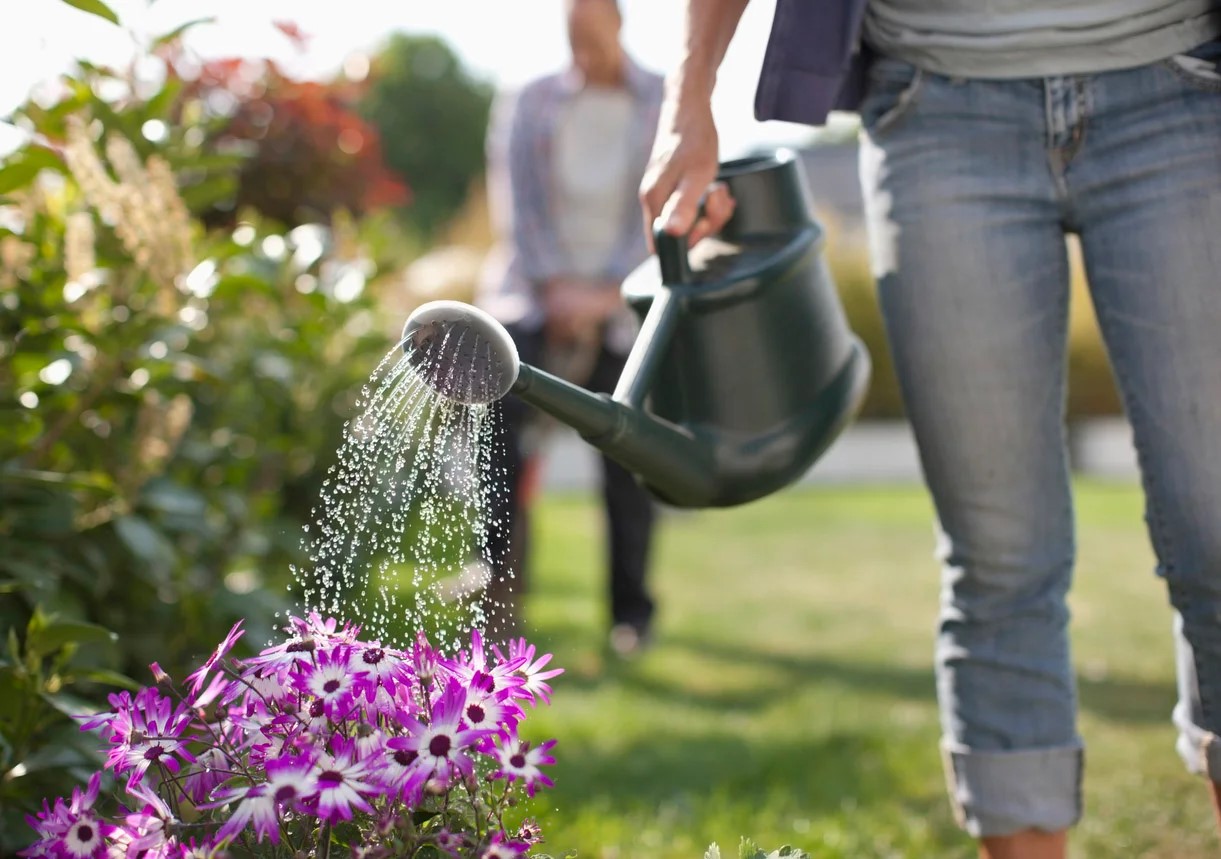
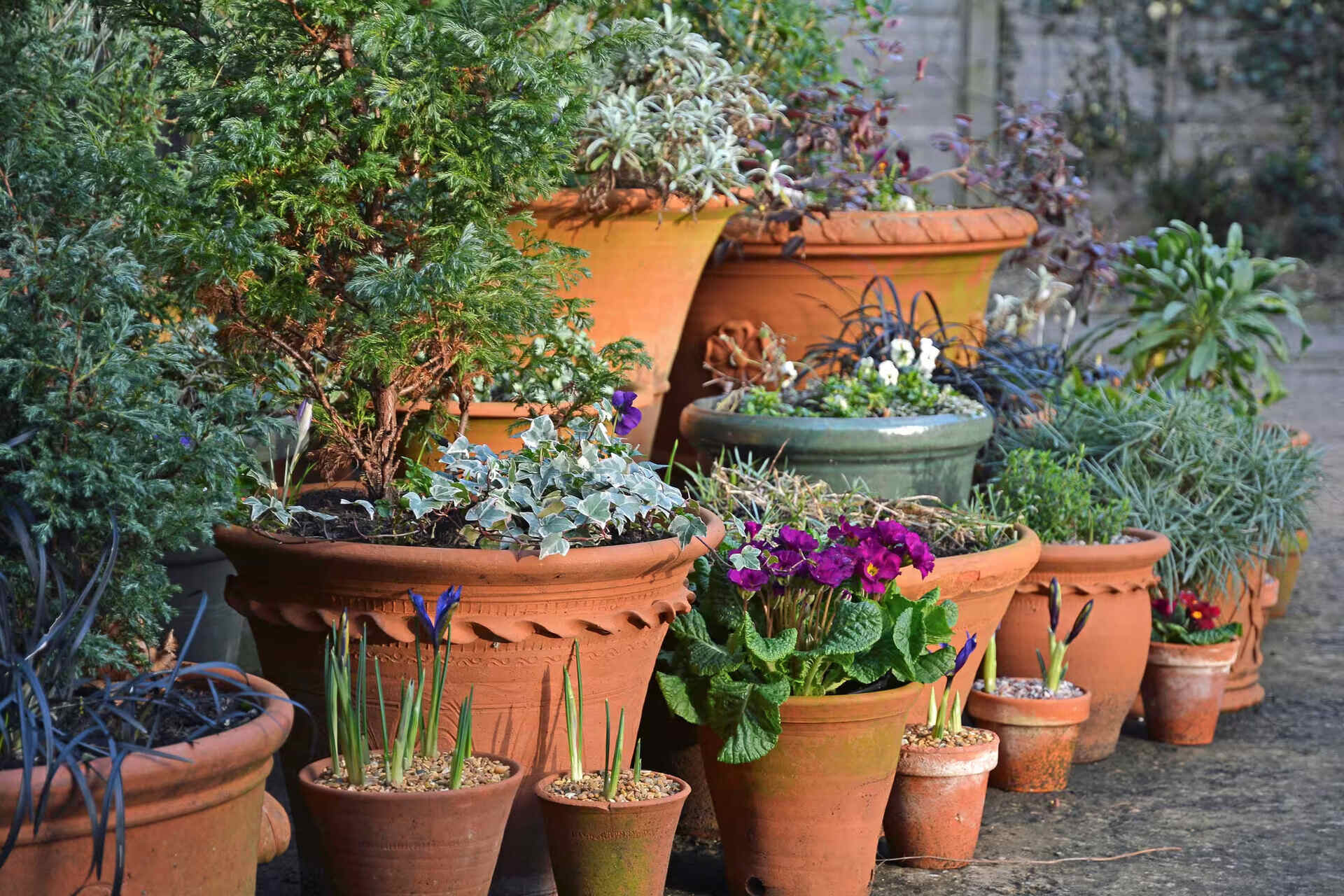
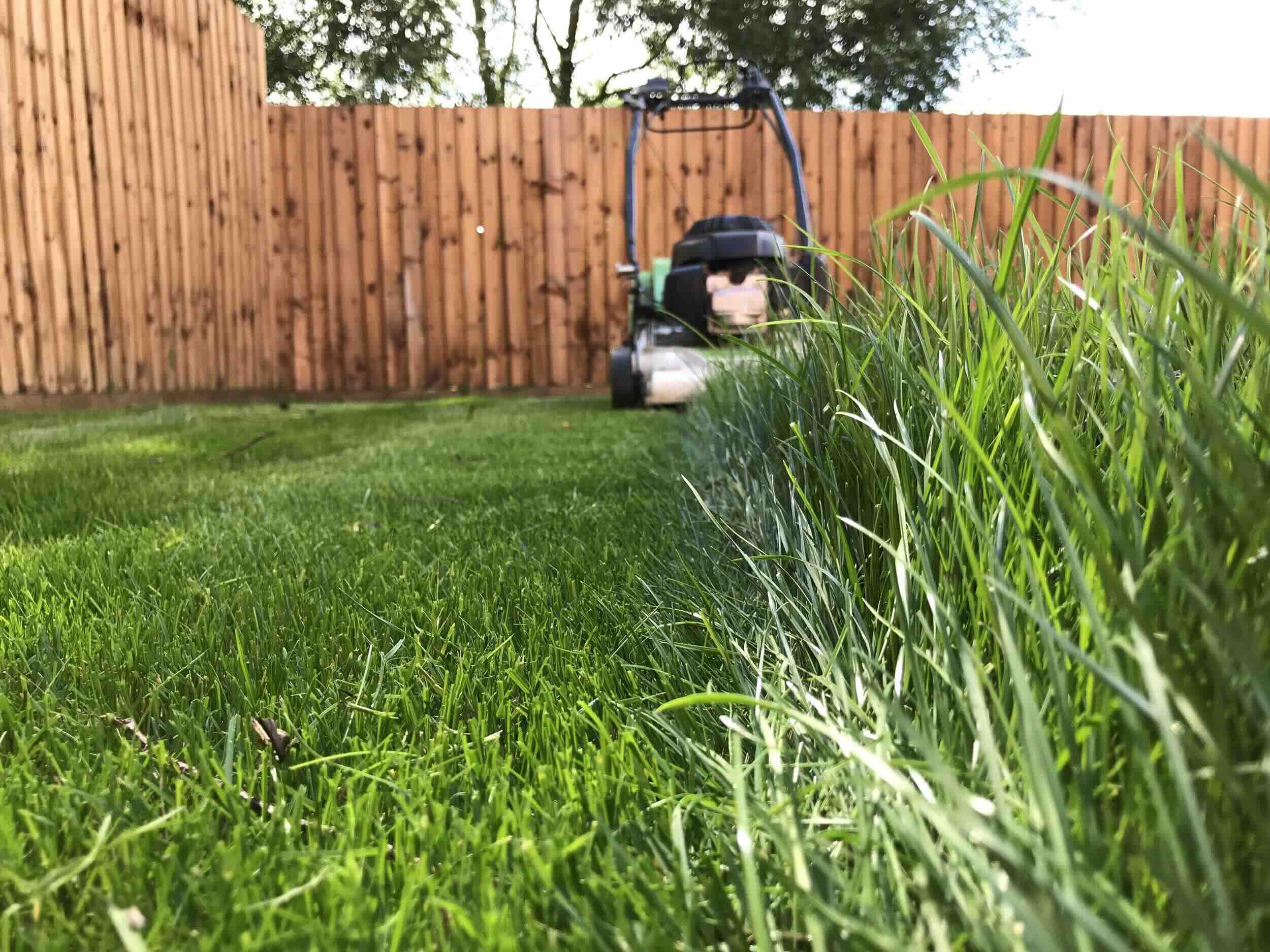

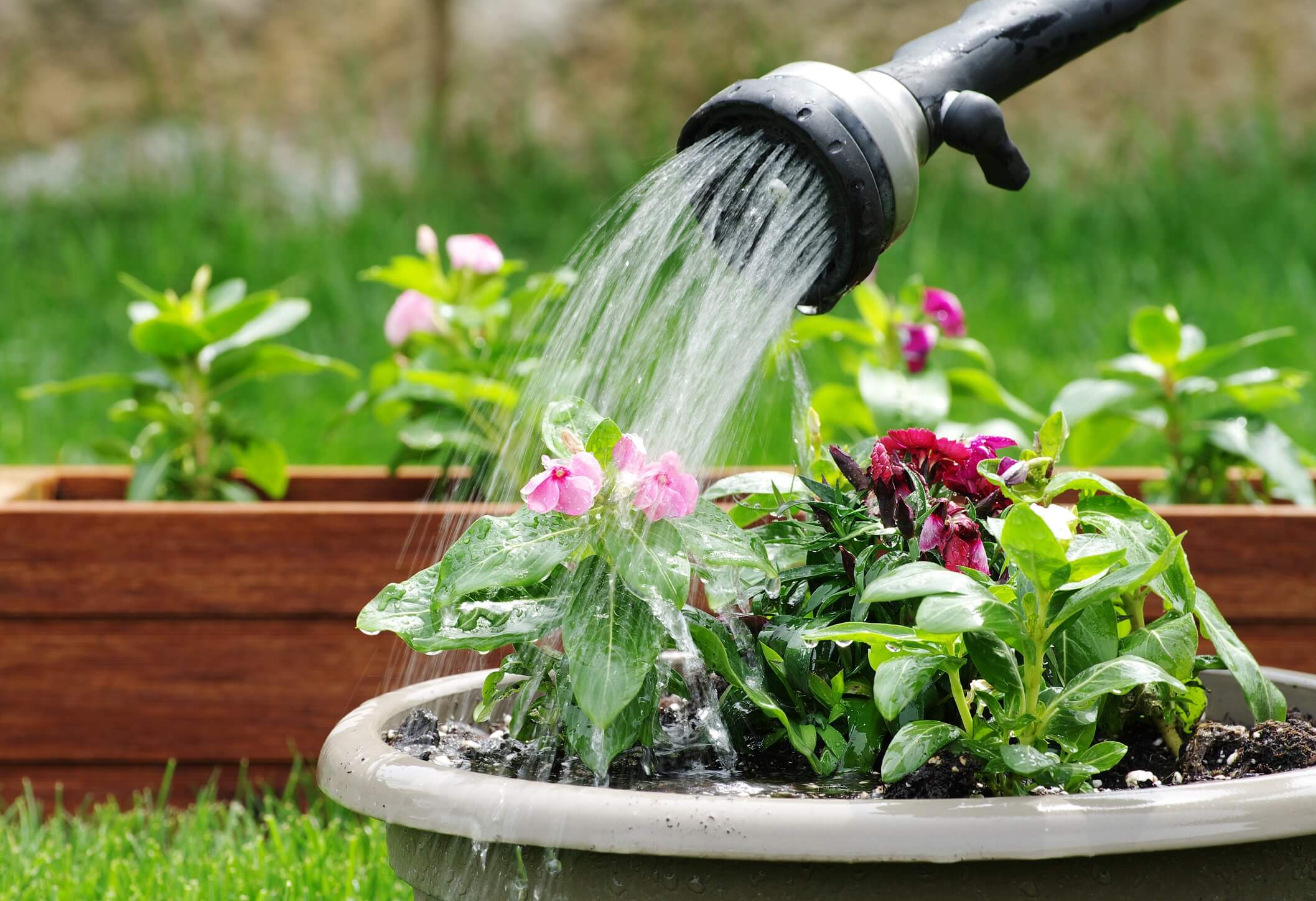




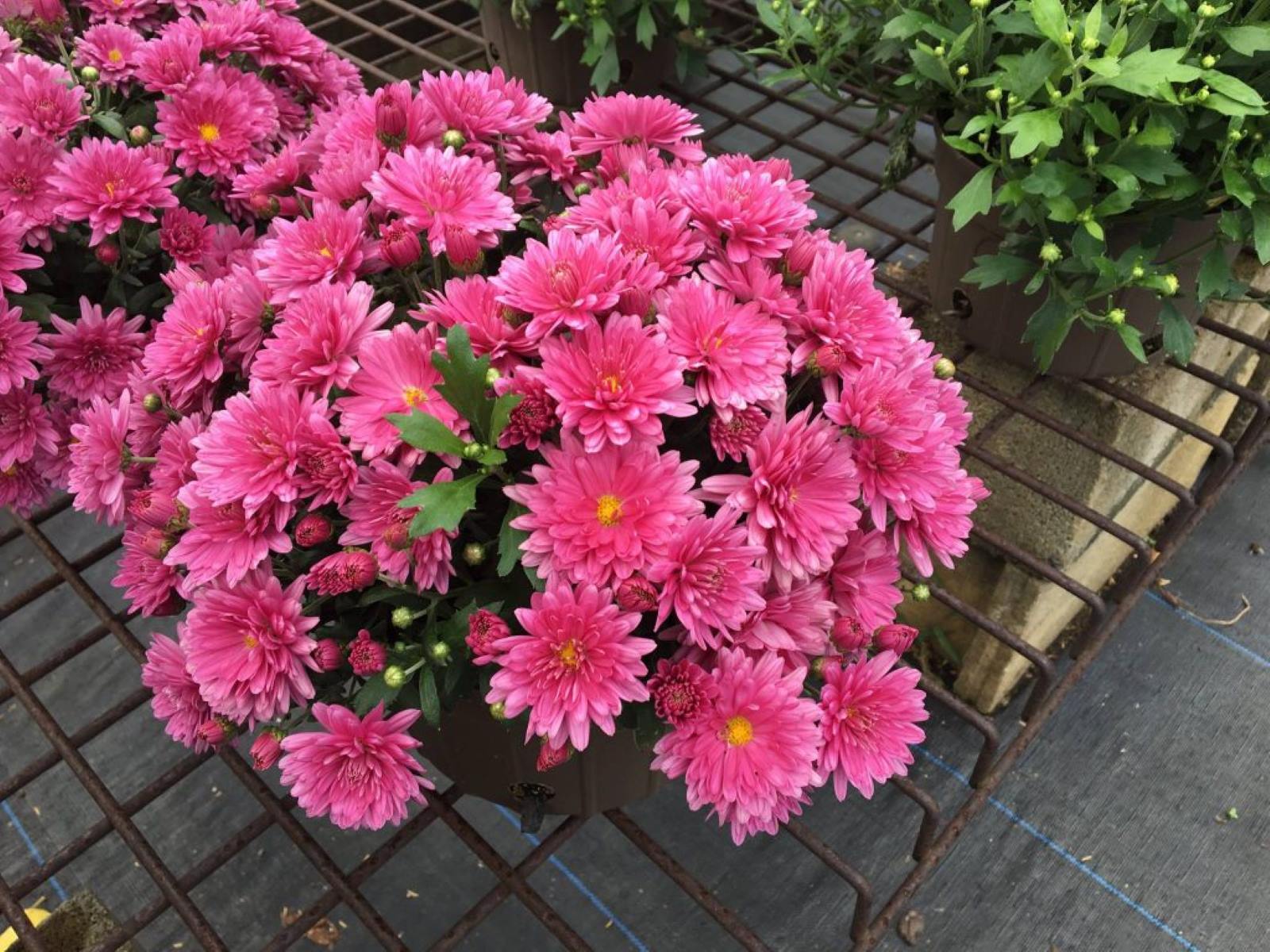


0 thoughts on “How To Take Care Of Outdoor Plants During Winter”